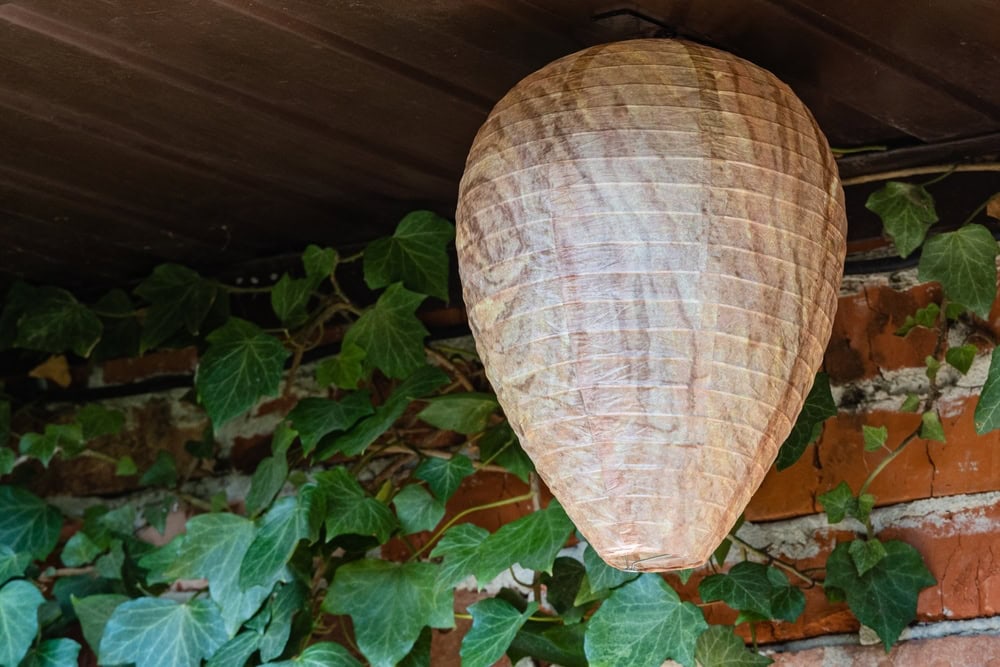Professional wasp nest removal that keeps your family safe and your outdoor spaces usable again.

Hear from Our Customers

You’ll walk outside without scanning for wasps first. Your kids can play in the yard without you holding your breath every time they run near that corner of the house.
The deck becomes usable again. No more cutting dinner short because wasps decided to crash your barbecue. No more avoiding that side entrance because there’s a nest somewhere you can’t quite locate.
Your outdoor spaces work the way they’re supposed to. You’re not tiptoeing around your own property or wondering if today’s the day someone gets stung. The constant low-level stress of knowing they’re out there just disappears.
We’ve been handling wasp problems throughout Haddonfield and the surrounding Camden County area for years. We know which species you’re dealing with before we even arrive—yellow jackets love your eaves, paper wasps build under your deck railings, and hornets go for those high tree branches.
Every property in this area has its wasp hot spots. We’ve seen them all. From the historic homes near Kings Highway to the newer developments, we understand how wasps behave on your specific type of property.
We’re not the guys who show up and spray randomly. We locate every nest, eliminate the immediate threat, and make sure they don’t just rebuild somewhere else next week.

First, we locate every nest on your property—not just the obvious one you called about. Wasps often build multiple nests, and missing even one means your problem isn’t actually solved.
We use professional-grade equipment to eliminate each nest completely. This isn’t the hardware store spray approach that just makes them angry. We remove the entire colony and the physical nest structure so they can’t rebuild in the same spot.
Then we identify what attracted them in the first place. Maybe it’s a water source, food debris, or just a perfect nesting spot they found. We’ll point out these attractants so you can address them if you want to prevent future issues.
The whole process typically takes one visit. You’ll know immediately that the threat is gone because you won’t see wasps flying in and out of their usual spots.

Ready to get started?
You get complete nest removal, not just a spray treatment that leaves the structure behind. We physically remove nests whenever possible because wasps will reuse old nest sites.
We handle emergency wasp situations the same day when possible. Late summer wasp problems don’t wait for convenient scheduling, and neither do we. If wasps are preventing you from using your property or threatening family safety, we prioritize getting there quickly.
Every service includes identification of potential future nesting sites. We’ll walk your property and point out areas that typically attract wasps so you know what to watch for. Most Haddonfield properties have 2-3 prime wasp real estate spots that we can help you modify or monitor.
